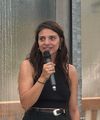When the circus grieves: Collective bodies, precarious spaces
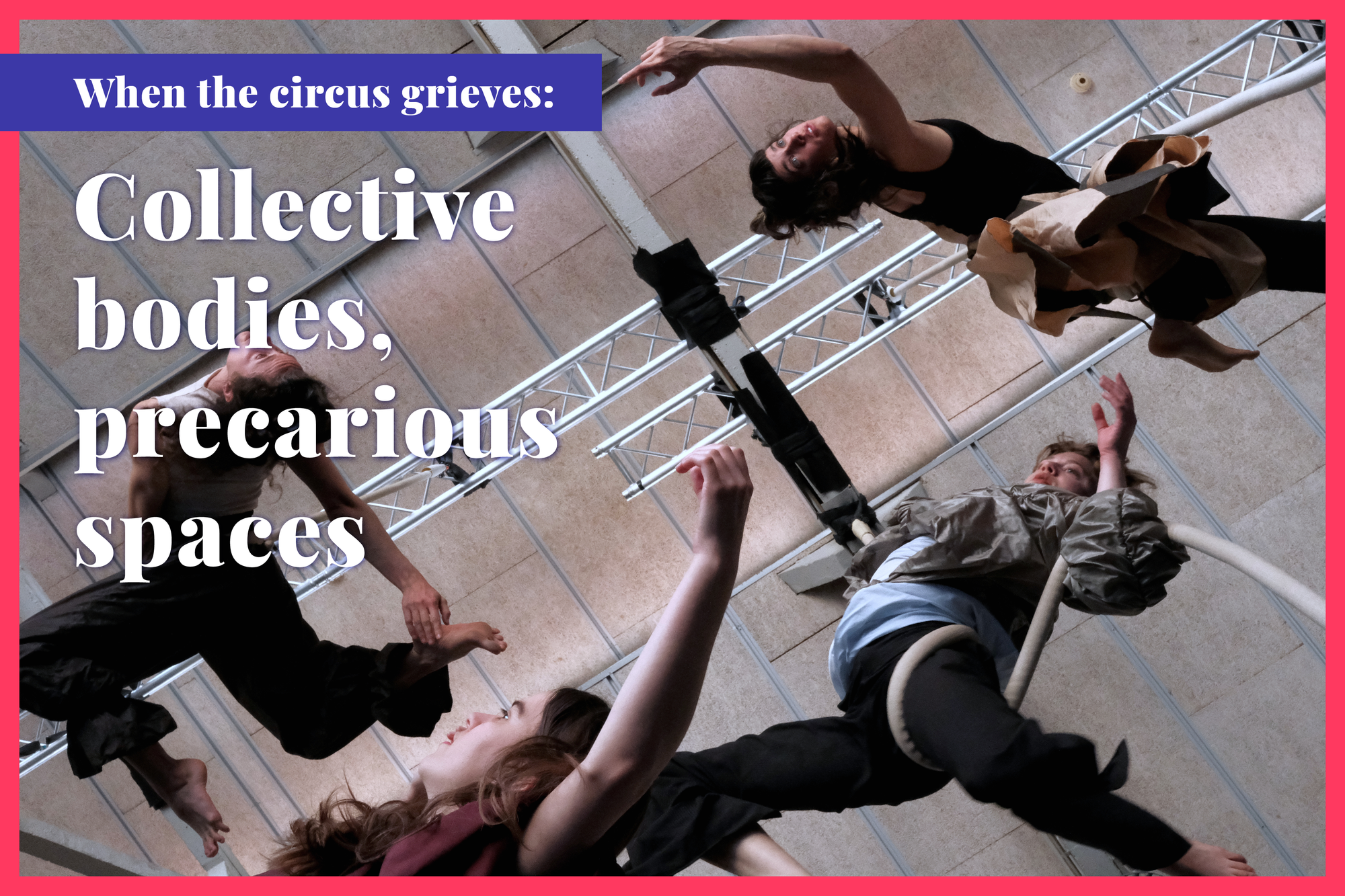
performance II:
Beneath the pillow on which I rest, I feel the hard, cool floor of the white cube. A warm, muted light falls on three bodies suspended from ropes attached to the four-meter-high ceiling, their limbs tightly entwined. The door closes softly behind those entering, who search for their place until they, too, touch the ground. At the edge of the room, in front of the console and the speakers, a fourth person raises her voice. Through the microphone, it multiplies, layering itself again and again, until a polyphonic weave emerges. It hovers between the celestial and the earthly, like a distant yet familiar funeral chant, and envelops the room in a fragile gravity. As the voices circle and fade, the three rope-bodies begin to uncoil — tentatively, cautiously, sometimes weightless, sometimes drawn down by heaviness. Their descent takes time, until at last they reach the ground and remain there, still and motionless. After a few moments of silence, the first person slowly rises and opens the door to the exit until the last visitor has left the room. The door closes—only to reopen for the next group of visitors, already waiting impatiently.
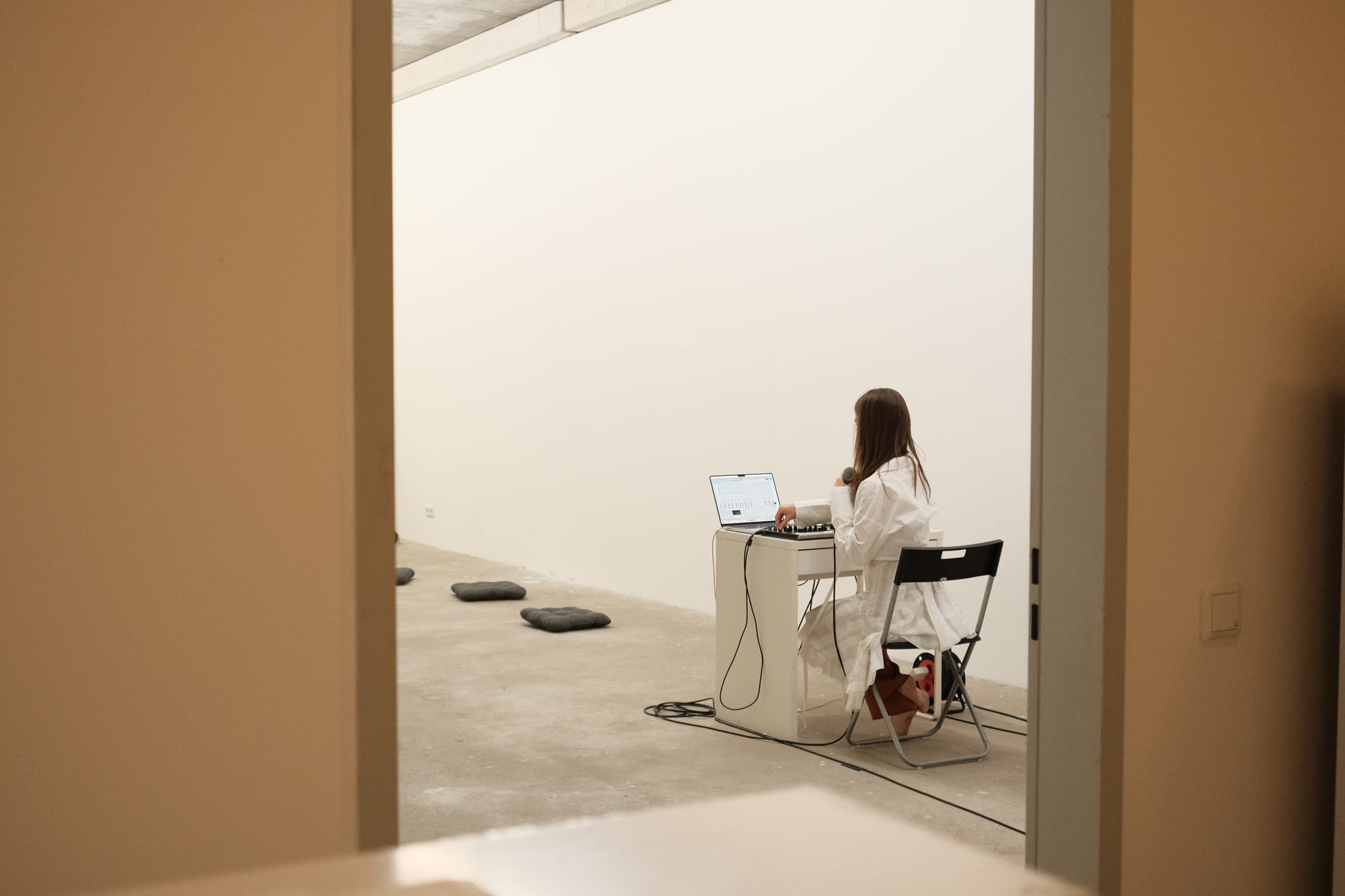
The contemporary art exhibition series practices of collective grieving (15 May – 19 October 2025) unfolds in four parts and explores how grief can be expressed not only individually but also collectively, physically, and socially. The first part featured media artist Parisa Karimi, whose multisensory video installation How to connect with landscape deals with the interrelations between landscape, grief, and resilience. The second part, shaped by Less Kuerdas, presents the intervention suspended body, shared body (6–8 June 2025), which I refer to in this text. The third part was dedicated to Farzane Vaziritabar’s performance, The 40th Silence (15 June – 4 July 2025), inspired by Iranian mourning rituals. Emerging from this work, the library of grief and resilience was created in collaboration with the Theodor Michael Wonja Library.
The fourth part (27 September – 17 October 2025), titled Like water, grief needs to move and flow, centres on the Rhine as a living organism — a site of memory, resistance, and transformation. Grief appears here as a flowing force, shaping both social and ecological processes, with contributions by Sofía Magdits Espinoza, Marie Donike, Ivonne Sheen Mogollón, Farah Wind, Constanza Ruiz Campusano & Greta Salgado Kudrass (.DENCUENTRO), Hanna Kuhlmann, Olga Holzschuh, and Mira Siering.
With the invitation of the circus collective Less Kuerdas to the interconnected series, a format entered the exhibition that placed movement, risk, and shared presence at its core — and thereby unsettled conventional notions of exhibition. This decision was no coincidence, but also a curatorial commentary: while performance and dance, which are also part of the series, have long been established as “serious” art forms, circus is often institutionally marginalised.
As Pierre Bourdieu has shown in Distinction: A Social Critique of the Judgement of Taste, such distinctions are not neutral but historically constructed and deeply embedded in cultural hierarchies. They determine which practices are promoted, archived, and taken seriously, and which remain invisible.
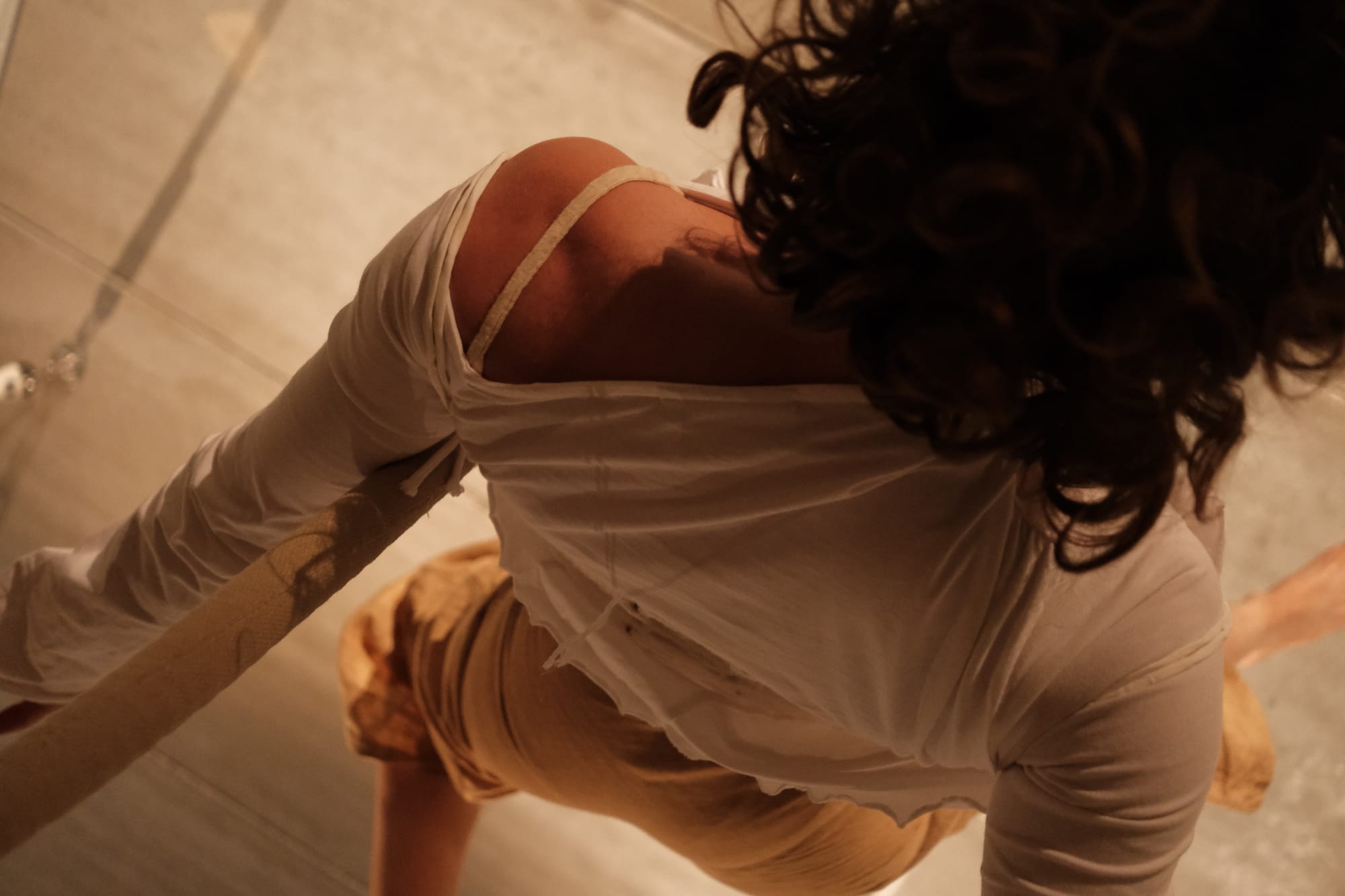
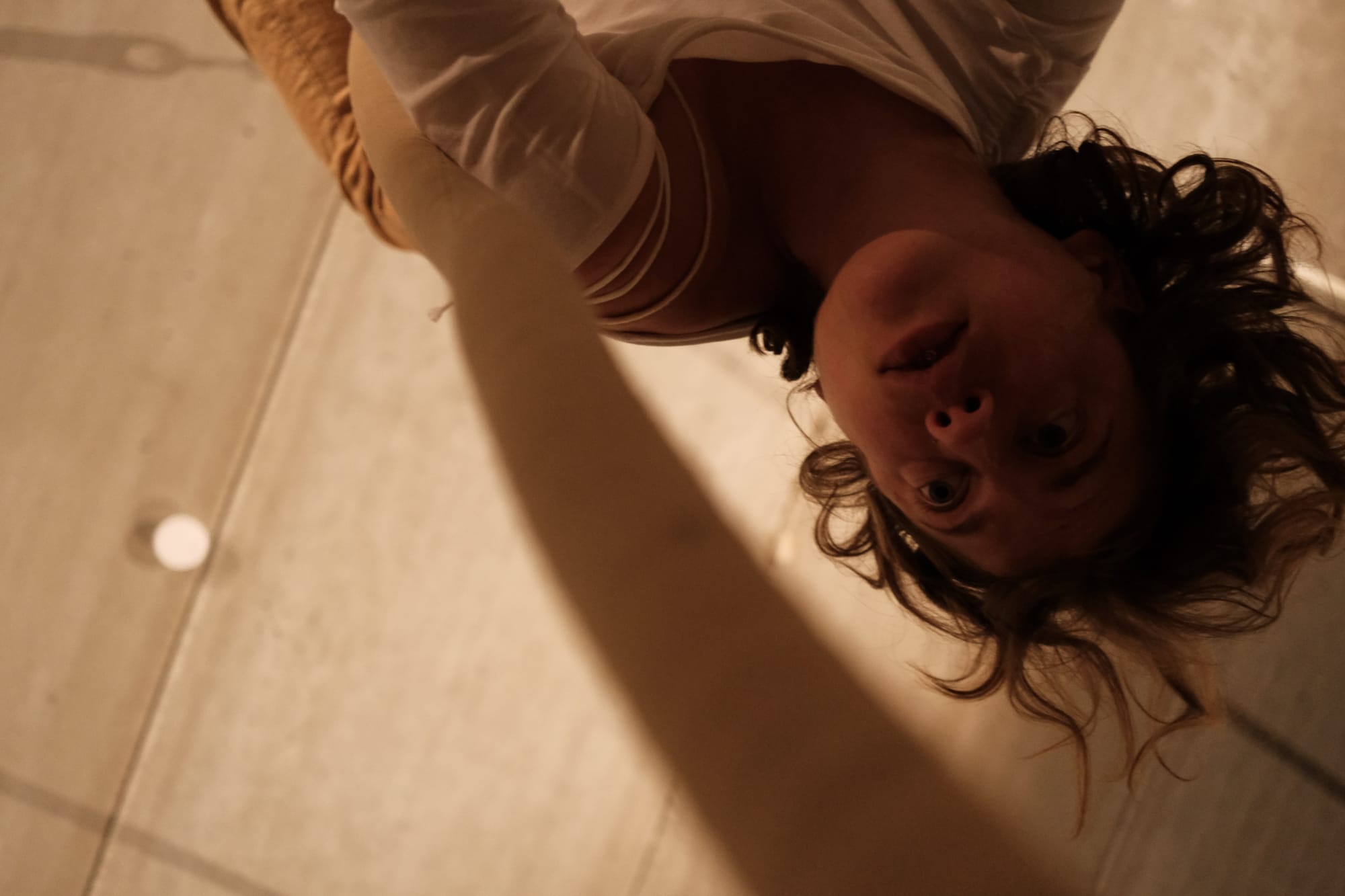
Against this backdrop, the presence of Less Kuerdas in the exhibition can be read as both an aesthetic intervention and a political gesture. Their practice not only challenged the marginalisation of circus but also embodied a different social imagination: through experimental practices, they propose alternative forms of community that offer collective self-understanding. These, in turn, allow the relationship between art and democracy to be renegotiated again and again. It was precisely this tension that shaped the second exhibition format, in which collective grieving was to be experienced through the perception of a collective body. Who is entitled to how much space? What significance does my body hold within it?
The four female members of Less Kuerdas — Laia Picas, Bryony Fowler, Caro Wuttke as rope artists, and Mira Hirtler as musician — explore both on and off stage what collectivity, space and the body mean, and aim to share this sense of community with their audiences. The collective was born in 2022 from a desire to support one another in their work and in their lives. At the same time, they seek to oppose the dominant individualism of our society with a more communal, collective way of working — both in the creative process and in everyday interactions. Within the exhibition series, they offered three different formats between 6 and 8 June 2025. In the workshop supporting body on 6 June, participants engaged in collective exercises of falling, holding, and supporting one another, creating a shared space of connection.
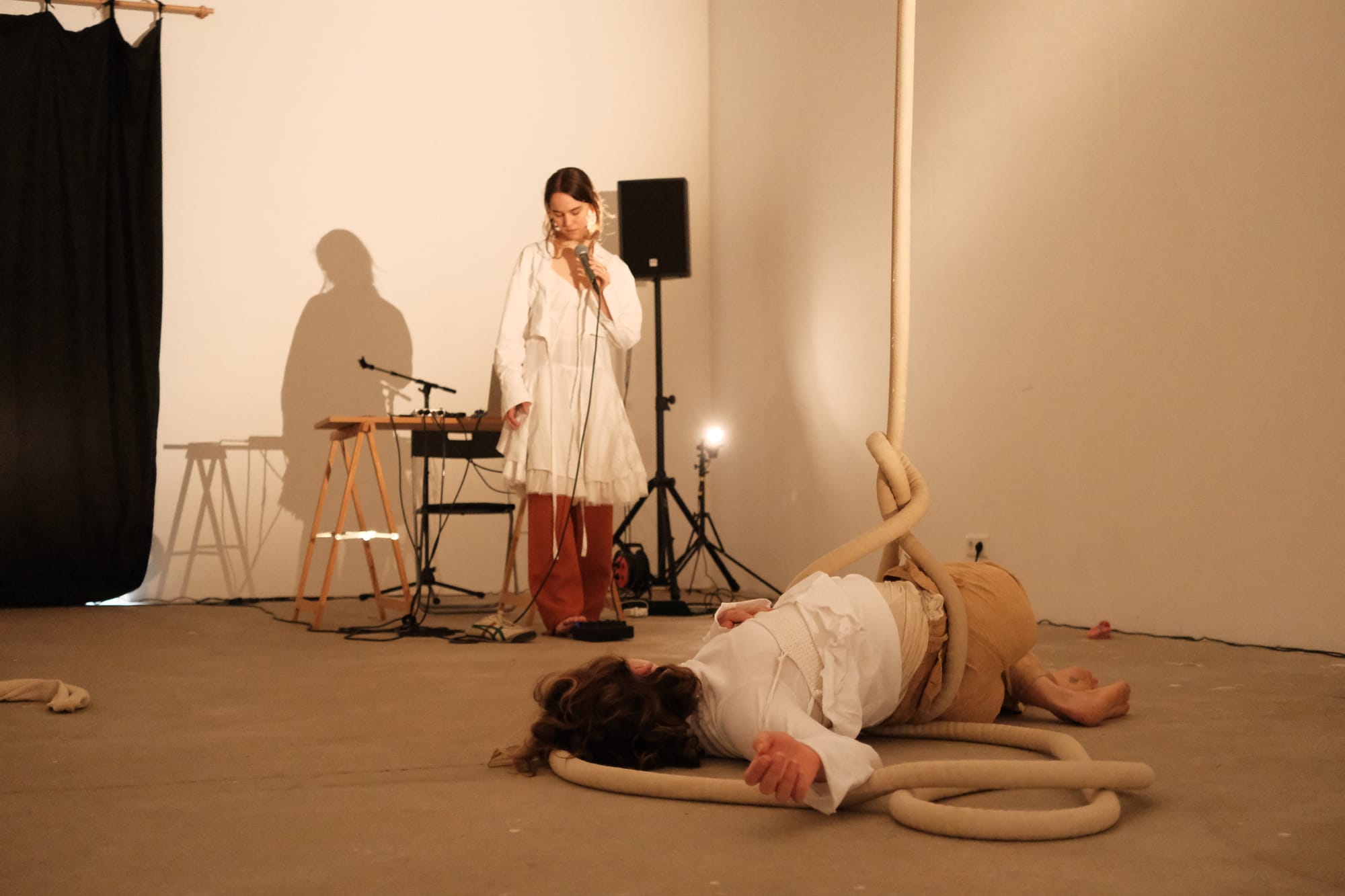
During performance I, on 7 June, visitors were challenged to physically support one another. Performance II on 8 June consisted of three ten-minute iterations. Their contribution to practices of collective grieving did not emerge in isolation. They are rooted in their first major creation, DRIFT, a contemporary circus performance developed over the course of three years. In DRIFT, the collective explored how bodies can form a shared and intimate space — how physical presence can become a way of building a collective body. This foundational work continues to shape their artistic language and informs their approach to the exhibition. What unfolds in Cologne is therefore not a departure, but an extension: the same questions of vulnerability, support, and togetherness are translated into the framework of an exhibition, testing what happens when circus enters a space usually reserved for other forms of art.
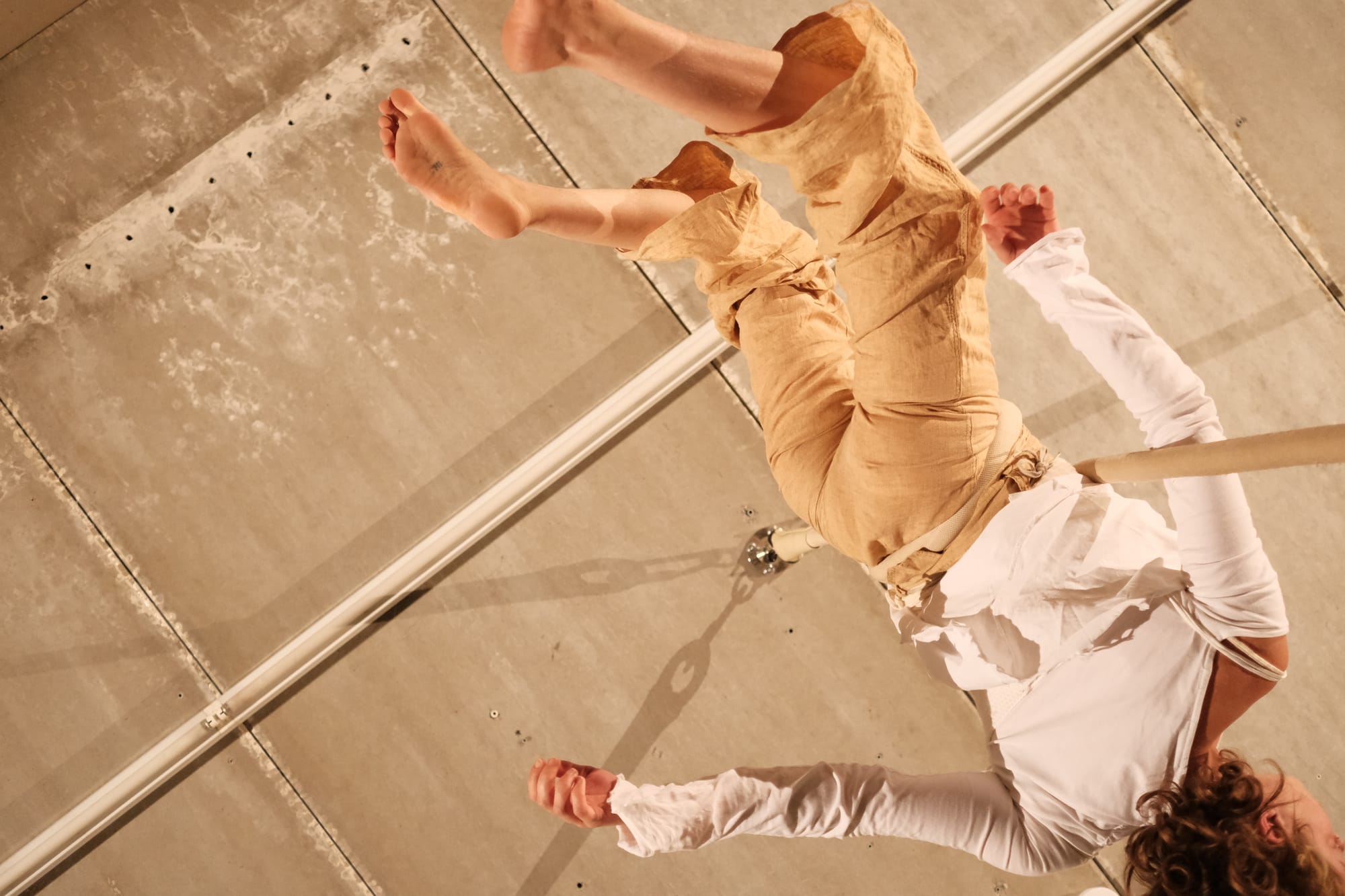
By inviting Less Kuerdas, boundaries between performance and circus were both revealed and crossed. The performative three-part installation opened a space for experiencing grief that was not represented but shared. At the same time, the shaping power of institutions became evident: while the series as a whole was funded by the City of Cologne, the “circus installation” had to secure separate funding. This reveals the institutional authority of definition: cultural institutions establish not only meanings but also hierarchies of value. The exhibition made these processes visible by integrating the seemingly “inappropriate” — the circus.
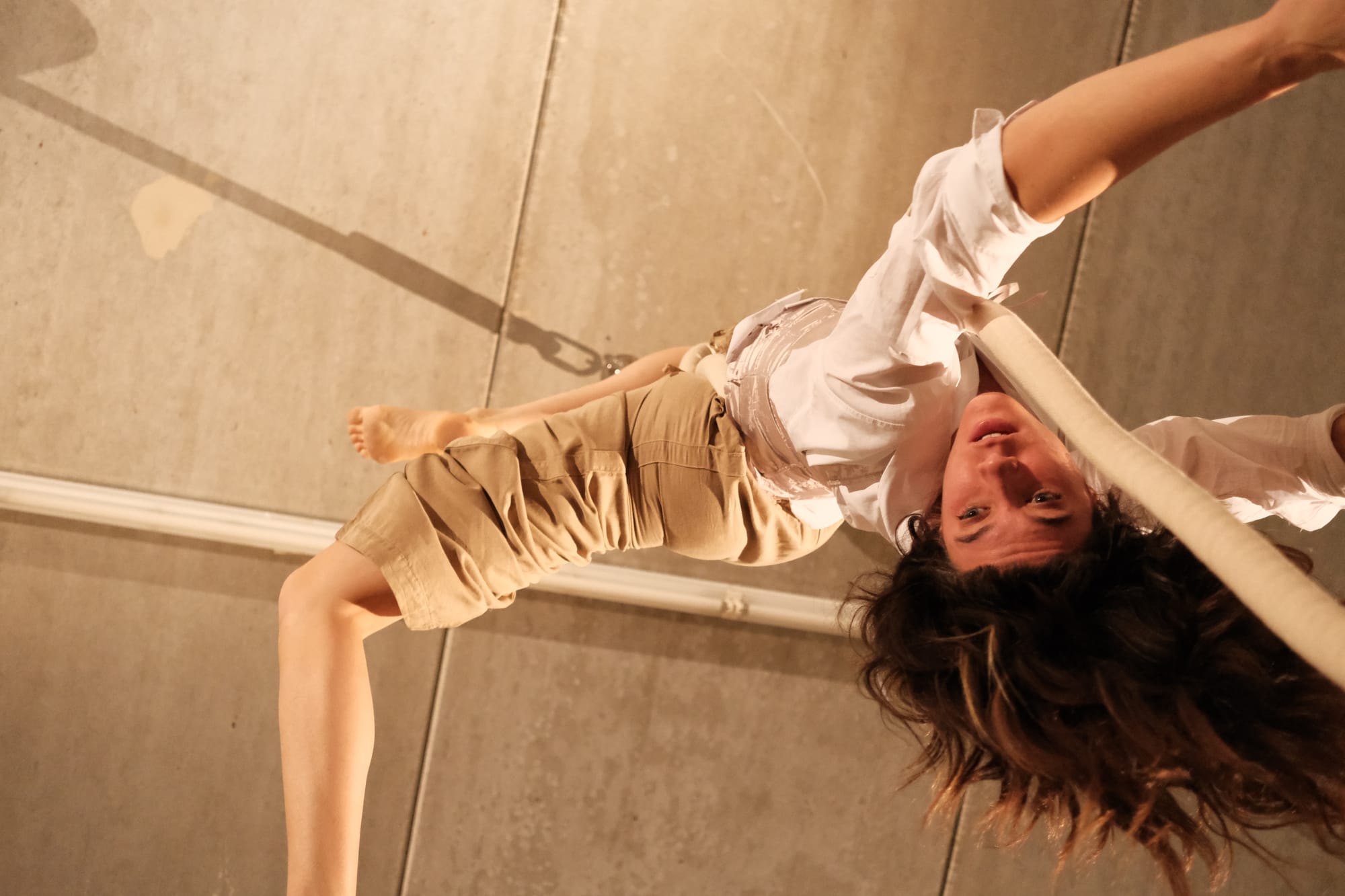
For the collective itself, participating in an exhibition was at first a shift of horizons:
“It felt like part of an exhibition piece, but also like a limitless space where we could create beyond circus as we know it. The audience seemed more open to participation than in our regular format.”
This shift in perspective was described as a reorientation:
“Movement instead of stillness. Subjects instead of objects. Participation instead of observation.” It questioned not only the relation between performers and audience, but also the fundamental conditions under which circus takes place. In the low-ceilinged exhibition rooms, rope, movement, and duration were transformed. Instead of a one-hour show, a performative triptych of workshop, open improvisation, and short, intimate acts emerged."
Fatigue, pauses, and bodily limits became creative material:
“What kind of propositions can we offer beyond the traditional one-hour format? And how does fatigue influence our way of moving?”
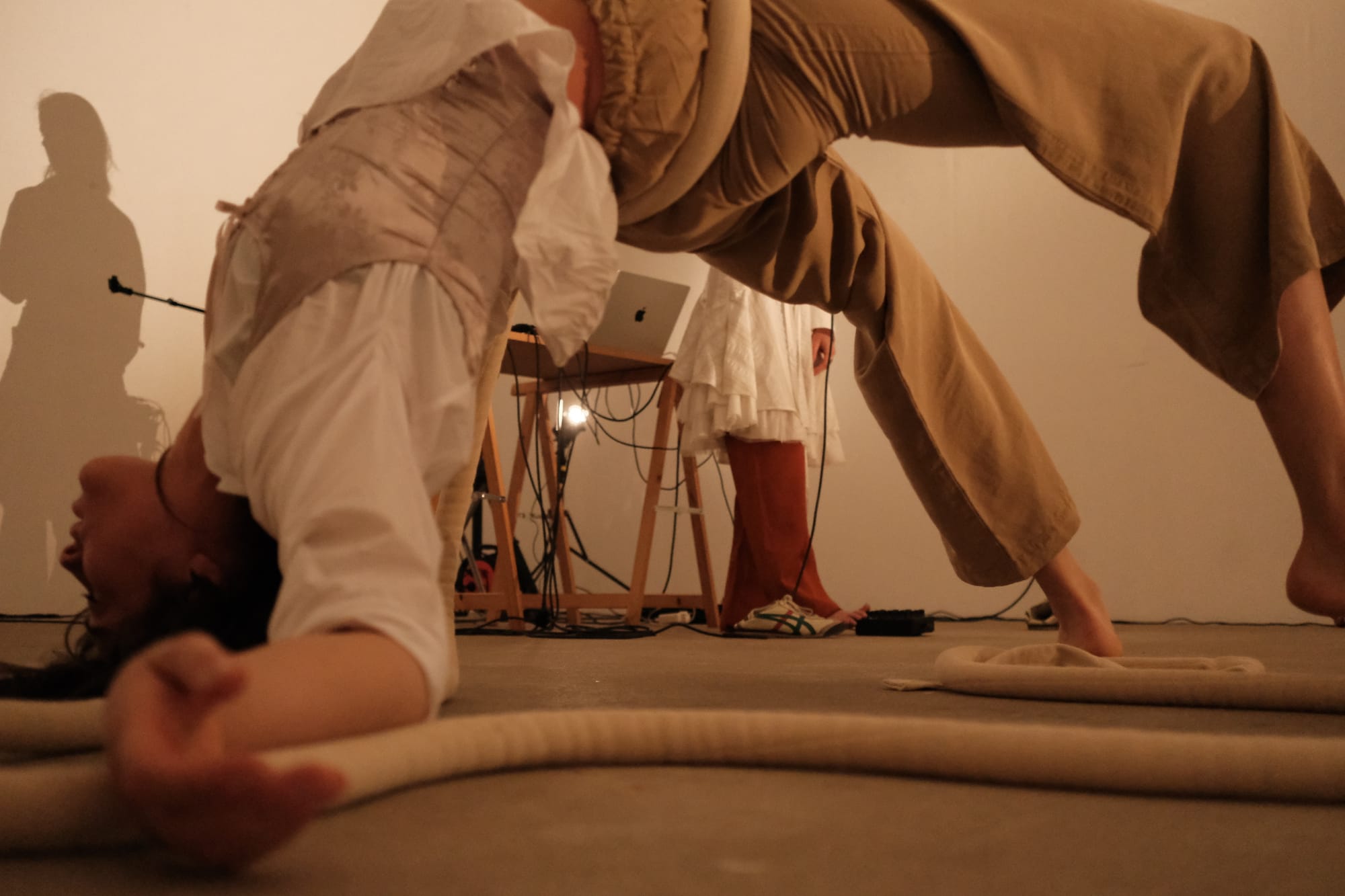
A central moment was the closeness to the audience. Unlike in circus tents or theatres, where a clear distance prevails, performers and visitors shared the same space:
“We try to create an intimate space where the audience takes responsibility for the unfolding. They are not just watching, they are seen as well.”
This raised questions of vulnerability, safety, and consent:
“Consent is not a one-time agreement but an ongoing dialogue. From group check-ins to written invitations, we allow participants to decide their level of engagement — proximity or distance, interaction or observation.”
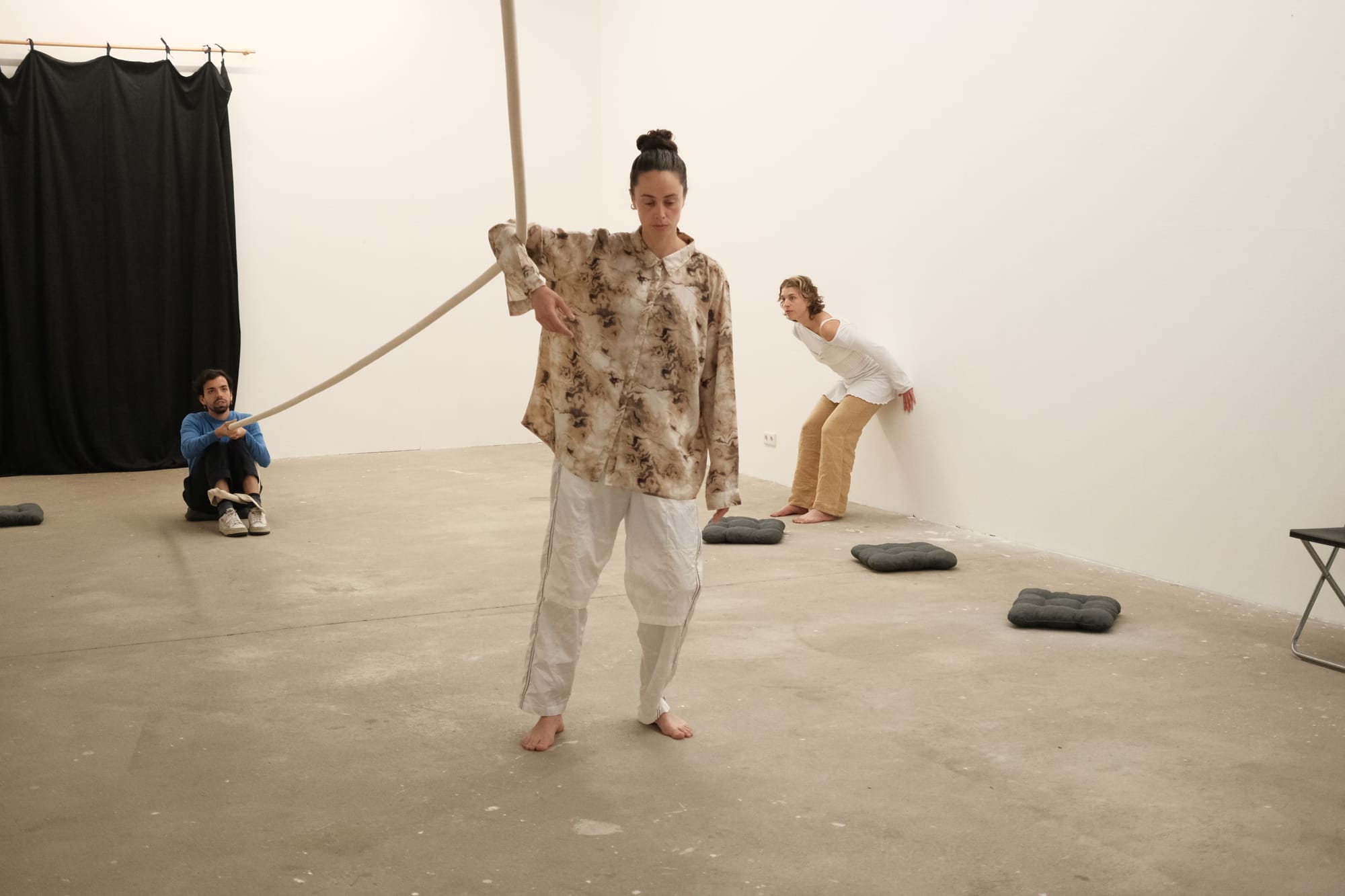
During one performance, a rope was stretched across the room. One person held it at the end, while another weighted it with their body, making the act of holding physically demanding. As soon as the person holding the rope reached their limit, someone stepped in to relieve or support them. This generated a sense of community that was not staged, but truly experienced.
Less Kuerdas’ contribution to practices of collective grieving not only opened new aesthetic spaces for collective grieving but also exposed the institutional boundaries that marginalise circus as an art form — and posed the question of cultural authority. At its core, it was not only about grief, but also about visibility: whose bodies are allowed to grieve in institutions? Which practices are recognised as art? And how can spaces be designed to enable not only representation but shared experience? By transforming the white cube into an unstable, shared space of grieving, Less Kuerdas revealed that collective bodies and precarious spaces are not only aesthetic experiments, but political necessities.
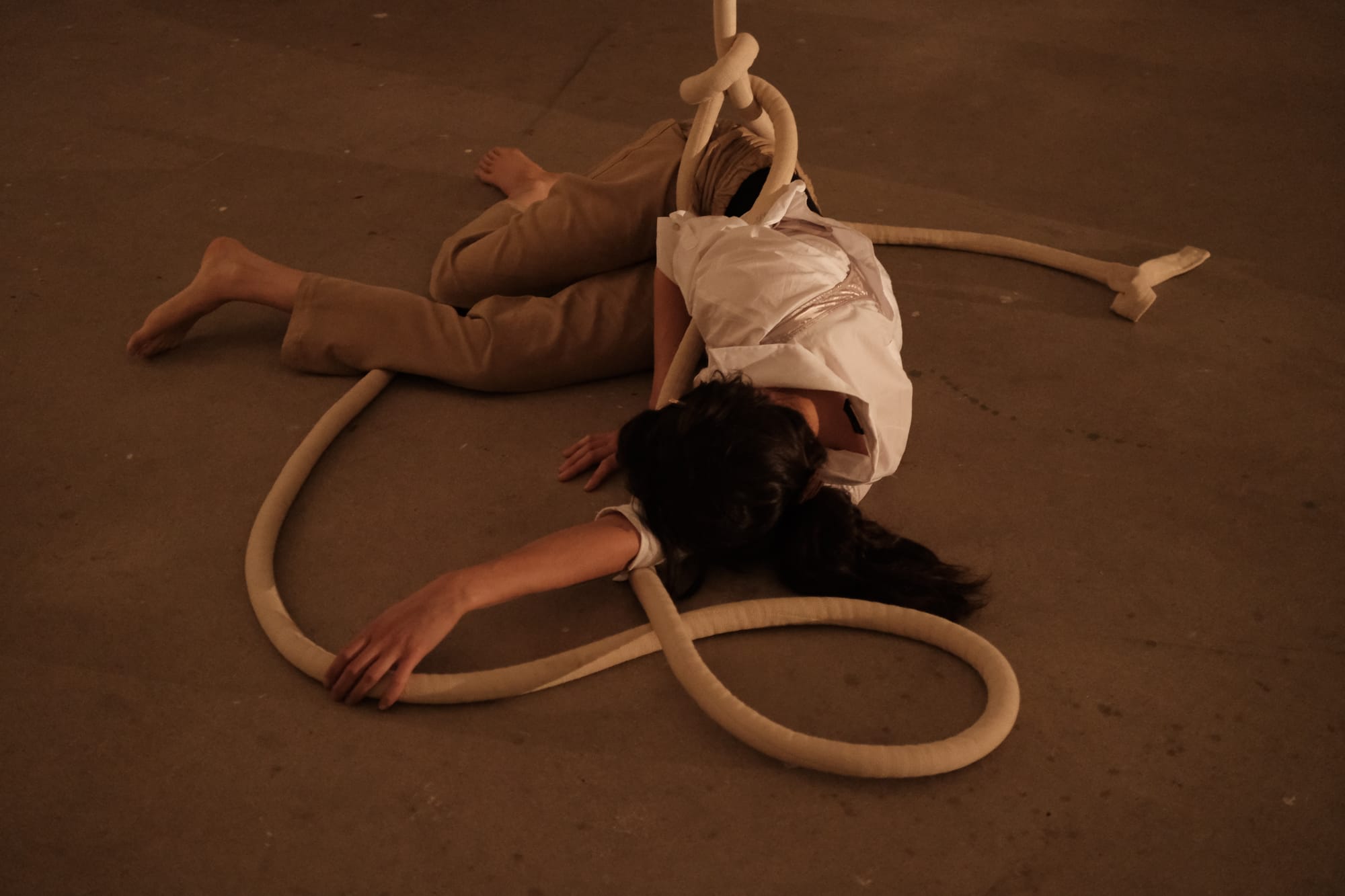
DRIFT by Less Kuerdas premiered on September 25 and 26 at Atoll Festival in Karlsruhe (DE), and will debut on October 18 and 19 at Zirkusquartier in Zurich (CH).
